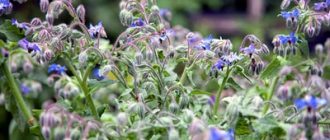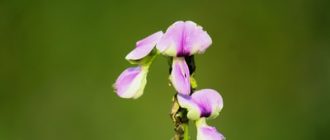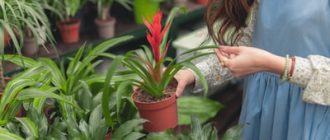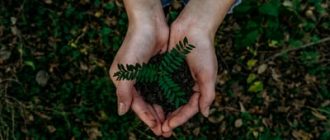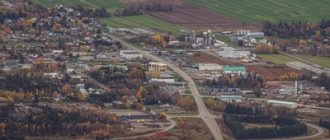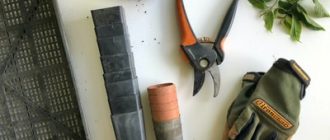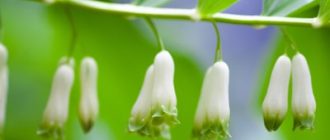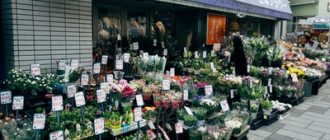
There is a little known community program called Tree Steward.
To become a Tree Steward you attend a class and then perform fifteen hours of community service improving urban forests. The process is informative and enjoyable. You will meet like minded souls within your community along with others from nearby and surrounding areas. I was pleasantly surprised to see multiple generations, diverse backgrounds and heritage, varied economic status and age groups all representing the same interest level in preserving and maintaining these valued commodities we call trees.
We learned answers to questions I did not know I had questions for. Questions such as: What would be the first thing to look for when diagnosing a tree disorder? What is the major cause of urban tree distress? Are there trees that would be suitable to plant under power lines? What exactly is a sharp fork, a canker, a good prune, a less than a good prune? What is the purpose of leaves and roots anyway? Just exactly how deep should a tree be planted?
The last question held a surprise answer for me. I had always assumed a tree should be planted in deep enough so the roots would firmly hold it in place. After all it seems if the feet are not firmly planted it could easily blow over with a good stiff wind. It seems this is not the case at all. Burying the tree too deeply causes damage to the roots which sooner or later cause the entire tree to rot. If you have invested time or money you have just lost your investment with no interest earned. The big roots you see on old trees are supposed to show. This was one fact clearly unknown to me. My recent tree depth survey shows there are many others still in the dark on this one.
So you can see why becoming a Tree Steward could save you money and frustration.
When you complete the program you will have the basic skills to plant and maintain trees for the rest of your life. Your new knowledge will be automatically applied to the care and maintenance of your trees, shrubs and lawn. You will be taught simple formulas for determining if a tree is alive or dead, the best way to plant a tree, the best way to prune a tree, how to tell if a tree is diseased, what to look for when someone is about to cut it back, and many other invaluable skills. Your new knowledge will allow you to care for trees just as a pro; you will be able to tell if the tree is threatened by pests or disease. You will be able to share your methods with others and eventually pass them on to others.
The only thing you need to retain with this new knowledge is time. After all, two plus years is a pretty long time to learn a single skill. blended with experience you will be able to pass on your knowledge down through generations.
Not all trees are suited to being a Tree Steward.
Some trees are much too aggressive. The local nursery can help you choose a much more passive tolerant tree.
Disease also seems to resist trees. It is very important to be able to identify a tree before attempting to diagnose.
A tree’s health can be fragile. There are times when a simple little insect or fungus can decimate a large portion of a tree in a matter of days. It is easy to spread such disease from one tree to another.
A dead or dying tree can still be alive. What appears to be death may be only a temporary state. There is often a life in a tree that is not visible to the eye. This life is what scientists call the Mimosa tree. This life occurs underground, mainly between the roots and the trunk. The branches and leaves give off this oxygenated life. Check out the leaves, they are a good indicator of how healthy a tree is.
When a Bonsai tree is suffering from a disease, it can be treated. Your local nursery can help you with the right products to treat the illness.
Pruning and growing a bonsai tree is an enjoyable and rewarding hobby. This tree brings much joy to those who are experiencing it. Make sure that your bonsai is healthy and able to resist pests. So when you hear a distinctive noise, it is time to get back to work.

